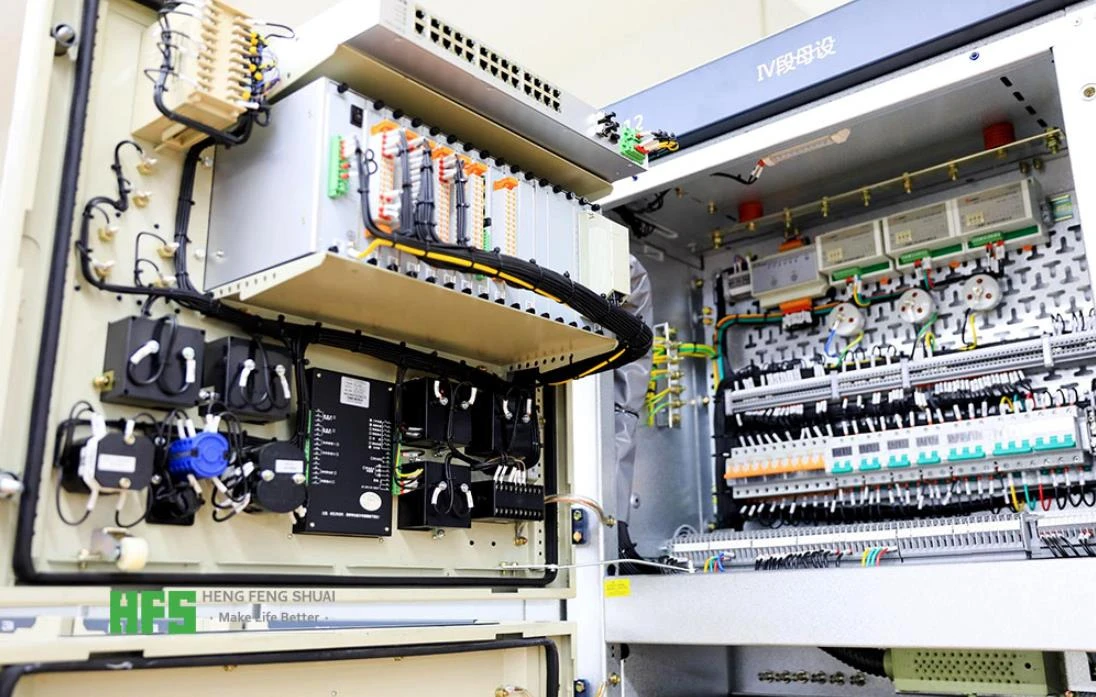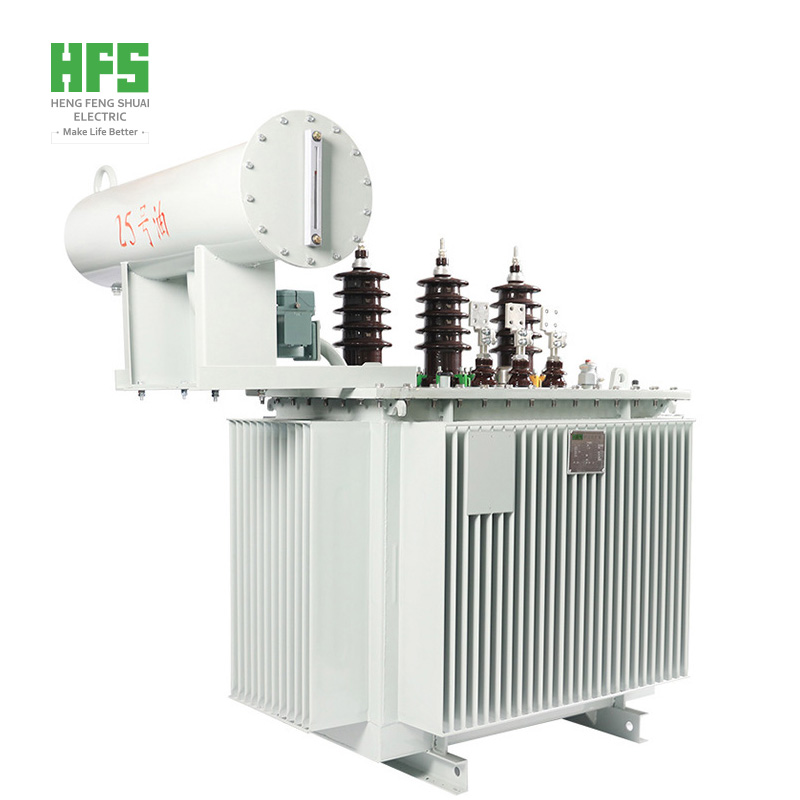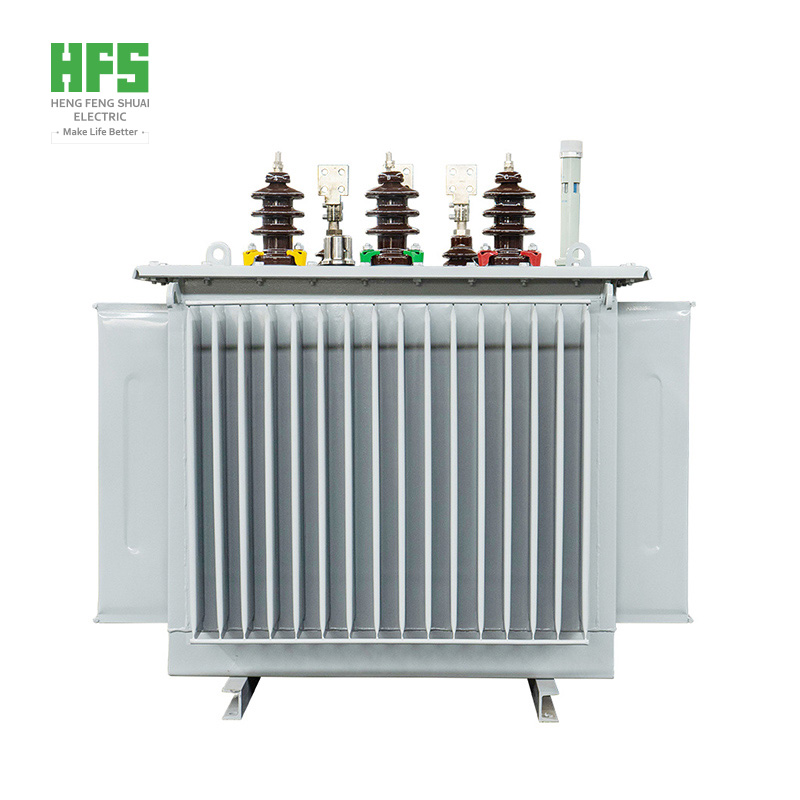Today, let MARTIN, electrical engineer of
Hengfengshuai, lead you to know the common knowledge of
20KV distribution network:
20kV voltage grade appears in the international its purpose is to improve the primary distribution voltage, its role is to replace 10kV /35kV, 11/33KV and other voltages, directly form
110/20/0.4kV, 220/20/0.4kV, 330/20/0.4kV power supply system, to reduce line loss, Improve power supply stability.

I. Global development of
medium voltage distribution network
At present, there are dozens of countries and regions in the world, the 20kV voltage grade as the medium voltage distribution network standard voltage, and has been listed in the International Electrotechnical Commission standard, with very mature technology and experience. As early as in the early 1960s, the line loss rate of the power grid in South Korea, Singapore and other cities was as high as 29.4%. After taking measures to improve the transmission voltage, strengthen monitoring, anti-theft and other activities, and further taking measures to improve the primary distribution voltage, the original 3.3 and 6.6kV distribution lines were raised to 22.9kV. The line loss is reduced to 5.9%, mainly because the power supply radius and capacity of 20kV are almost double that of 10kV / 11kV, which reduces the loss and construction and maintenance costs per unit capacity. Foreign technical and economic comparisons all prove that 20kV scheme is superior to 10kV / 11kV scheme.
Note: At present, 80% of European countries (Germany, France, Italy and Spain, etc.) and 14 Asian countries and regions (Singapore, Japan, South Korea, Taiwan, etc.) adopt 20KV as the standard voltage level of urban power grid distribution in all or in urban areas respectively.
2. Disadvantages of 10KV / 11KV distribution network
(1) Small transmission capacity: under the premise of ensuring the terminal voltage and line loss of 10kV / 11kV line, 10kV / 11kV can only transmit the load below 1MKW.
(2) Short transmission distance: with the development of industrialization, the load density is increasing, 10kV / 11KV transmission distance is changed from the original 10km to 2~3km, greatly reducing the power supply radius.
(3) Substation is too dense: with the increasing load density, the distribution points of 10kV / 11KV substation are more and more intensive, which wastes land resources.
(4) Capacity increase: with the development of industry, the capacity of lines and
transformers has greatly increased, resulting in some unnecessary power grid loss, waste a lot of renewable resources.
3. Advantages and characteristics of 20kV distribution network
1. Multi-loop, high reliability, low loss: when the same power is transmitted through the same wire, compared with 10kV / 11kV voltage level, the 20kV power supply radius increases by 60%, the power supply range expands by 1.5 times, the power supply capacity increases by 1 times, and the transmission loss decreases by 75%.
2. Less investment and less economy: 20kV distribution network can reduce investment and save land for customers with larger capacity, and provide optimal power supply mode. Meanwhile, operation and maintenance costs are basically equivalent to 10kV / 11KV.
3. Large power transmission capacity and wide power supply range: the power transmission capacity is about 2 times of 10kV / 11KV line, and the power supply range is about 2.5 times of 10kV / 11KV line.
4. Long distance transmission: power supply to remote rural areas has huge advantages and potential. 20kV long distance power supply can reduce losses, alleviate the problem of excessive voltage, and give play to the advantages of long distance transmission in low load density areas.
Iv. 20kV medium voltage power distribution systems currently in operation in China include:
1. Kunshan Nanya Company uses 20kV distribution voltage grade;
2. Both Shanghai rail transit subway and light rail use 20kV, and the actual operation is good;
3. The 45km east of Qingqiupu in Suzhou Industrial Park has been operated successfully for many years with 20kV;
4. On March 27, 2003, nanfen Secondary substation in Benxi, Liaoning province was rebuilt and put into operation, with 6 20kV power distribution lines in operation,
2 main transformers and 199 power
distribution transformers without single line grounding fault since operation;
5. In 2007, Jiangsu Electric Power Company suggested that major cities in jiangsu province should establish at least one 20kV experimental area in the next 1-2 years. In 2008, some projects in Suzhou, Wuxi, Nanjing and other areas were completed and put into operation with smooth access to electricity and realized reliable operation.
6. The beijing-Hangzhou Grand Canal "Double Petal" power distribution automation system, which is put into operation in May 2018, guarantees power supply from three different directions, and the power supply reliability rate is over 99.9999%! The average annual blackout time is less than 21 seconds, which is 9 seconds less than the average household in Singapore!












